The Mikoyan MiG-29 Fulcrum Fighter
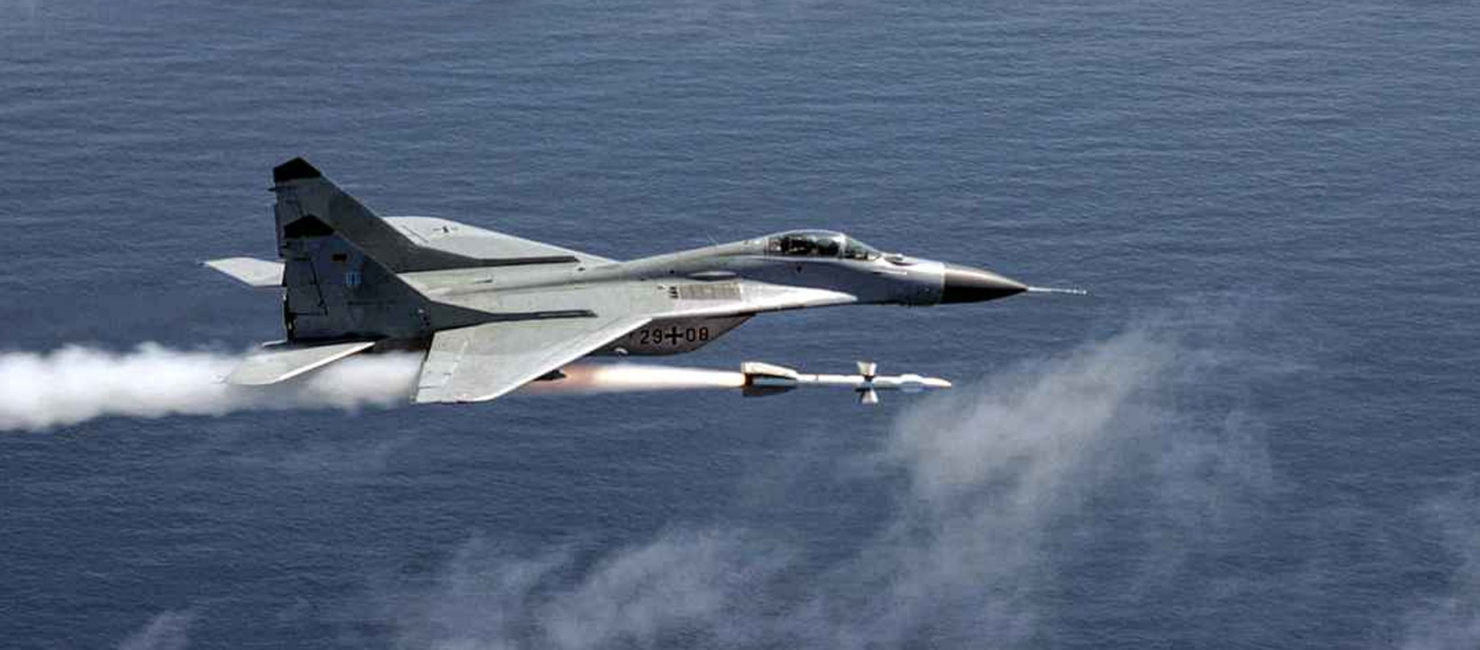
Dubbed the Fulcrum by NATO, the Mikoyan MiG-29 is the culmination of nearly two decades worth of Soviet aeronautic advances. A twin-engine air superiority aircraft, the MiG-29 is considered to be superior to other fourth generation American and European-made fighter jets of their time — namely the F-14 Tomcat, F/A-18 Hornet, and the Dassault Mirage 2000. Capable of deft maneuvers and emboldened by a superior thrust-to-weight ratio, the MiG-29 is the perfect response to Western fighter-bomber aircraft. It first formally entered service in 1982 and has continued to be revised and adapted to meet contemporary threats of present day fighter aircraft.
Proven Air Frame: During the fall of the Soviet Union, the Russian Federation opened up sales to a number of countries including Iraq, Iran, Syria and India. The Fulcrum has seen active combat during the Iraq War by the Iraqi Air Force and during the Iran-Iraq war. This aircraft proved its ability to stand toe-to-toe against major threats in the air and on the ground. The Russian Air Force still uses a heavily upgraded version of the MiG-29. Its design has even influenced the development of a fifth generation multirole fighter, the MiG-35.
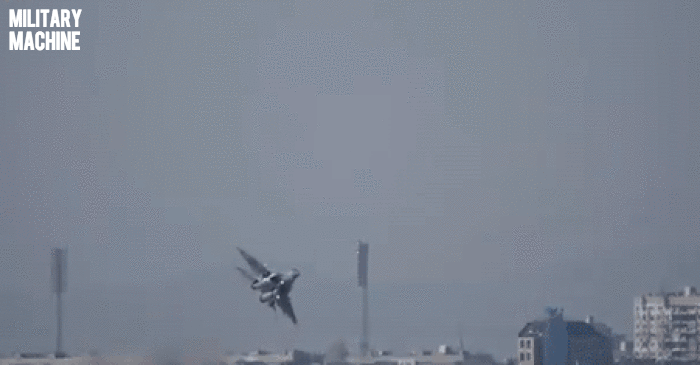
Modernization: In 2006, an advanced variant of the Mikoyan MiG-29 shown at an air show featured 3D thrust-vectoring engine nozzles. This is a common feature seen in fifth generation multirole fighters such as the American F-35 Lightning II and the F-22 Raptor. The addition of thrust-vectoring nozzles allows a staggering number of possibilities in air-to-air combat and maneuvering. Coupled with the aircraft’s already superb engineering, it allows the pilot to deftly engage and disengage enemy air targets. This version of the MiG-29, known as the MiG-29M OVT, is advertised to potential customers as the MiG-35.
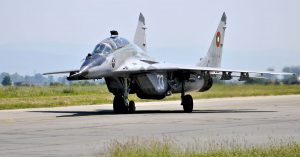
Legacy Fleet: Older variants of the MiG-29 are still used by the Russian Air Force. Around 600 MiG-29s were reported to be still in active service as of 2011. According to Russian news releases, a sizeable number of these aircraft will be upgraded to one of the latest variants, the MiG-29SMT. The MiG-29SMT features an improved engine. Its upgraded RD-33 ser.3 engines have an afterburning thrust capable of 18,300 lb/ft (8,300 kgf) each. The weapons load has also been increased substantially and there are more avionics advancements to help the pilot conduct his mission.
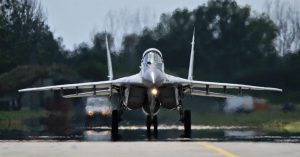
Firepower: One of its distinct advantages is also its ability to fire missiles that can hit air-to-air targets outside of line of sight. This enables the upgraded MiG-29s to be much more dangerous against regional powers using older fighters such as the F-16. One such occasion occurred in 1999 during the Kargil War. In Operation “Safed Sagar”, newly purchase Indian Air Force MiG-29Ms intercepted Pakistani F-16Cs along the border region of Kashmir. They successfully managed to escort their Mirage 2000s to their objective points while outmaneuvering and locking onto the Pakistani F-16s before their F-16s were even in range. This air dominance likely influenced the decision for Pakistani fighters to not engage in a contested region.
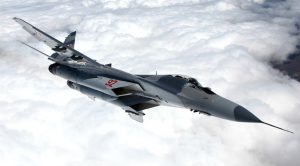
Nuclear Role: In addition to conventional air-to-air warfare, the MiG-29 is also capable of carrying nuclear ordnance. While it is not an ideal platform for long range delivery, it can be used effectively to deliver both conventional and nuclear ordnance on target in medium ranged attacks. Its take-off maximum payload is less than 10,000 lbs — making it ideal for surgical, precision strikes rather than bulk ordnance delivery. Still, it is used in both a fighter and bomber capacity depending upon the needs of the regional air force that employs it.
Powerplant: The MiG-29 Fulcrum is powered by two Klimov/Sarkisov RD-33 turbofans that produce a combined total of 22,200 pounds of dry thrust or 37,258 pounds of thrust with afterburner.
| Length: 57 feet (17.32 m) |
| Height: 15 feet 6 inches (4.73 m) |
| Wingspan: 37 feet 4 inches (11.36 m) |
| Speed: Mach 2.3, 1,520 mph, 2,450 km/h (max, altitude) |
| Ceiling: 60,000 feet (17,000 m) |
| Maximum Takeoff Weight: 40,741 lbs. (18,480 kg) |
| Range: 1,100 miles (1,770 km) |
| Crew: 1 |
| Unit Cost: $29 million USD (new), $4.96 million USD (used, subject to ITAR restrictions). |
Watch This Video Of A MiG-29 In Action

